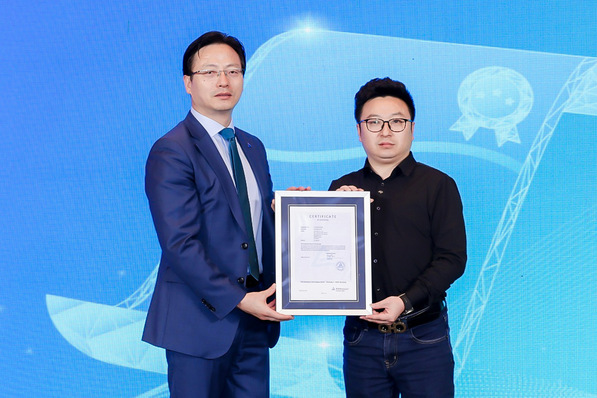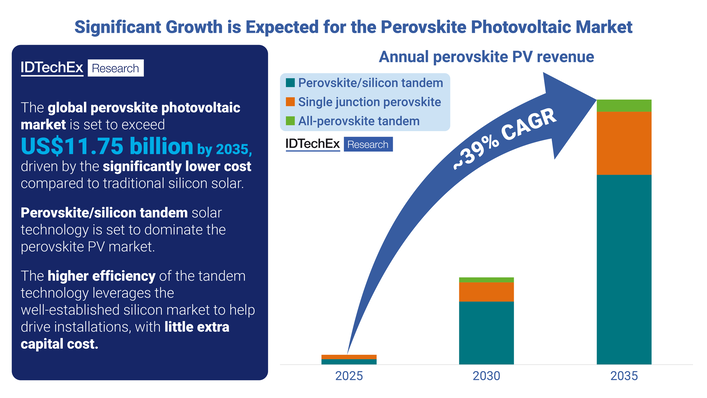The Centre for Solar Energy and Hydrogen Research Baden-Württemberg (ZSW) has put two coating plants for the production of tandem solar cells into operation. Here, different cell technologies are to be combined with perovskite solar cells - a semi-conductor consisting of metal halides. In this way, the researchers want to optimise the development towards industrial production of such tandem cells together with various manufacturers.
Further development of tandem solar cells
The ZSW has thus created excellent conditions for the development of tandem solar cells, especially with regard to the process technology for the production of solar cells in a vacuum under ultra-pure laboratory conditions," emphasises Jan-Philipp Becker, head of materials research for photovoltaics at the ZSW. "With this, we want to explore the physical limits of the technology," he says. The already existing, extensive possibilities for material analysis also help in this, he adds.
See also: ZSW extends lithium-ion cell research lab
This is because the manufactured solar cells and modules can be comprehensively analysed after production and tested for their long-term stability in our own test laboratory as well as in the open field. The new facilities are to be used to further develop innovative processes for the solar industry, which will then be able to bring more efficient and cost-effective solar modules to the market.
Efficiency of over 30 per cent is possible
After all, such tandem cells, especially when combined with perovskites, promise higher efficiencies than would be possible with simple crystalline solar cells or inorganic thin-film semiconductors. The limit of crystalline silicon cells, for example, is about 27 per cent efficiency. This is where tandem cells offer a way out. "They consist of different solar cells layered on top of each other," explains Jan-Philipp Becker. "Together, the layers make better use of the width of the sunlight spectrum than the respective single solar cell." After all, the individual layers each convert light in different wavelengths into electricity. The combination will allow the tandem solar cells to achieve efficiencies of well over 30 per cent in the coming years.
Combining different semiconductors with perovskite

ZSW
On the research line, however, the Stuttgart researchers concentrate on the combination with perovskites. In all cases, a solar cell with this semiconductor material is the basis. As a second absorbing layer, the ZSW researchers then apply either a CIGS semiconductor layer or a crystalline silicon cell or a second perovskite cell.
Also interesting: Factory for perovskite solar cells starts production
For this purpose, the ZSW researchers have grouped four coating chambers for the production of perovskite cells around a central robot. This allows them to produce different solar cell layers - with sputtered transparent layers, evaporated metallic or organic layers as well as optimised vacuum coating of perovskites in a vacuum chamber. In the future, multi-component perovskite layers with high homogeneity and reproducibility can be produced in the facility. The ZSW has already successfully carried out the first optimisations in the cell structure with vapour-deposited organic electron conductor layers.
Using different wavelengths of light
However, the combination of different perovskites is of particular interest to the researchers. This is particularly advantageous because the individual perovskite layers can be precisely adapted to use specific spectral ranges of light. In addition, perovskite-perovskite tandems, just like the combinations with the CIGS layer, have the advantage that they can be used up on plastic or steel foils. This makes light and flexible solar modules possible, which can be decisive for building-integrated photovoltaics in particular. However, such modules can also be used wherever there is little load-bearing capacity or where flexibility is a prerequisite, such as in the automotive sector. (su/mfo)







